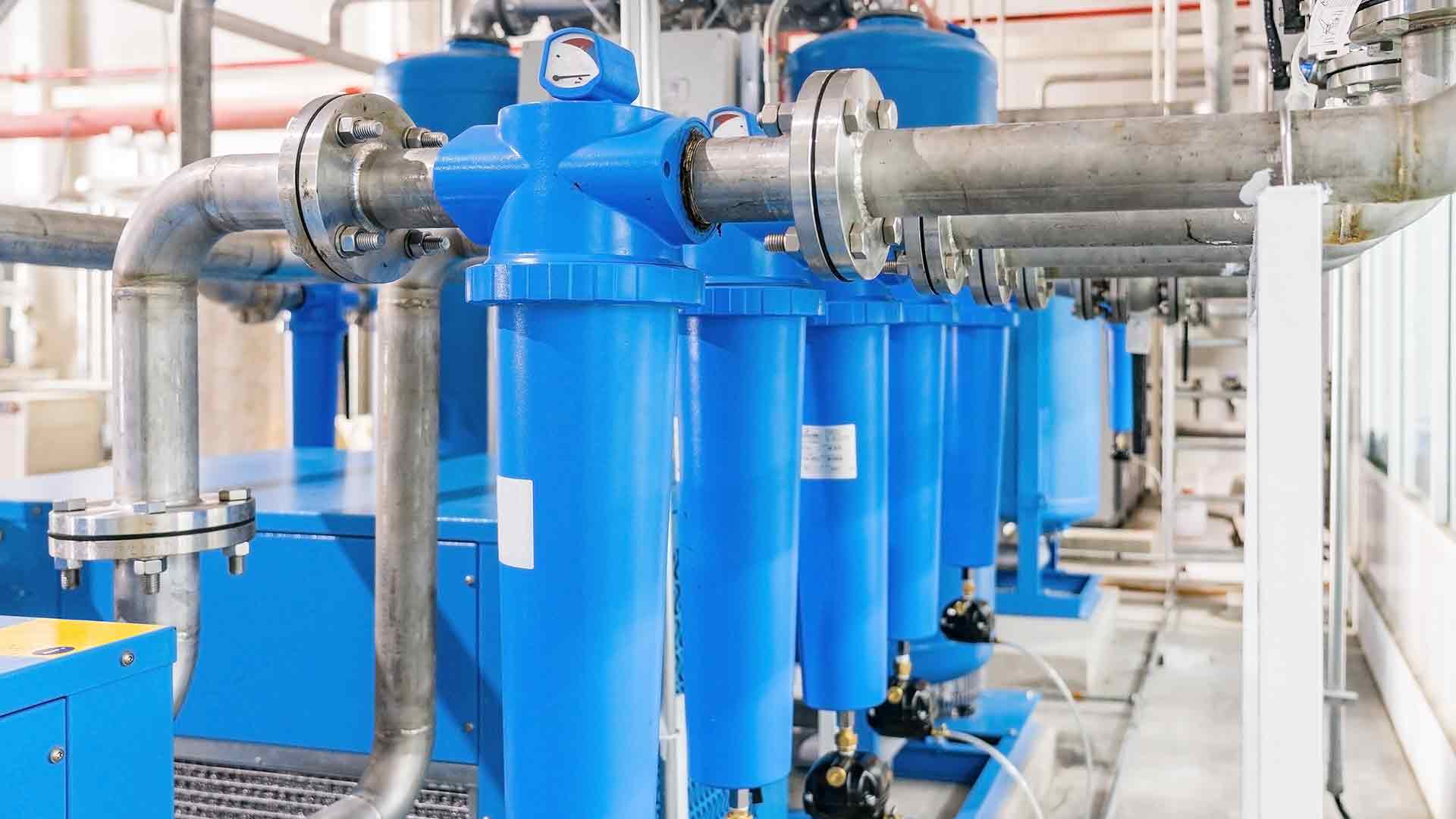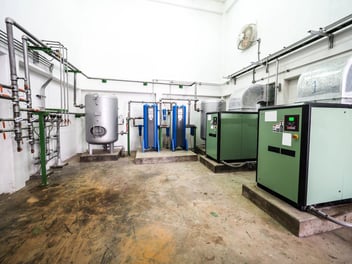What Kind of Air Dryer Do I Need?

Selecting the appropriate dryer for your application is essential during the chilly winter months. The last thing you need is a freeze in your compressed air system that causes expensive downtime. Choosing the right dryer will help you avoid these frustrating problems.
If you’re asking yourself, “What kind of air dryer do I need?” we’re here to help!
What Is the Job of an Air Dryer in Compressed Air Systems?
An air dryer’s job is to suppress the dew point of your compressed air by removing moisture from it. Then it will chill the air to 40 degrees.
Air with moisture content can be detrimental to plant operation. It can cause contamination, erosion, and operation downtime. Therefore, having the best air dryer for your application is vital.
What Kind of Air Dryer Do I Need?
As you know, an air dryer is an essential component of any compressed air system, but did you know that there are different types of dryers to choose from? We’ll explain their differences, so you’ll know what kind of air dryer you need for your application.
Refrigerated vs. Desiccant Air Dryer
Each type of air dryer has its own principle of operation. Two of the main types of air dryers are refrigerated and desiccant air dryers. Choosing between these two dryers is dependent on the acceptable amount of moisture content or pressure dew point requirements for your application. We’ll compare refrigerated vs. desiccant air dryers.
Refrigerated Air Dryers
Typically, refrigerated air dryers are adequate for general-purpose compressed air applications. They offer a pressure dew point (PDP) between 35 and 40 degrees. They use a refrigeration compressor and heat exchange to cool the compressed air and remove the water. Refrigerated air dryers are one of the more affordable drying technologies.
There are two types of refrigerated air dryers – cycling and non-cycling.
Cycling Refrigerated Air Dryers
-
- Energy-efficient
- Used for higher flows where the flow rate varies from shift to shift
- Cycles on and off to deliver the correct PDP at the right time
Non-Cycling Refrigerated Air Dryers
-
- Less expensive
- Constantly running, do not turn on and off
- Run at the same load as long as they’re turned on and running
Desiccant Air Dryers
Desiccant air dryers use hygroscopic materials to capture moisture from the air. The materials are known as desiccants and are dry, solid particles that work using the principle of adsorption. Desiccant dryers are used when your application requires extremely dry compressed air or when the air supply runs in cold environments. They can achieve dew points as low as -100 degrees.
There are two types of desiccant air dryers – heated and non-heated.
Heated Desiccant Air Dryers
-
- Use heat to remove water vapor from the desiccant material that isn’t in use at that point in the cycle
- Require large amounts of steam or electricity to operate
Non-Heated Desiccant Air Dryers
-
- Use dry air generated by the dryer to remove water vapor from the desiccant material
- Does not rely on excessive outside services (steam, electricity, gas, etc.) for heat
TMI Compressors Is Here To Help
During winter, choosing a suitable dryer for your application is more crucial than ever. The last thing you need is expensive downtime, resulting in a freeze in your compressed air system. These annoying issues can be prevented by picking the correct air dryer.
The specialists at TMI Compressors are here to assist you. If you’re unsure of the type of dryer your application calls for or if you need assistance sizing the ideal dryer for your system, give us a call today!


